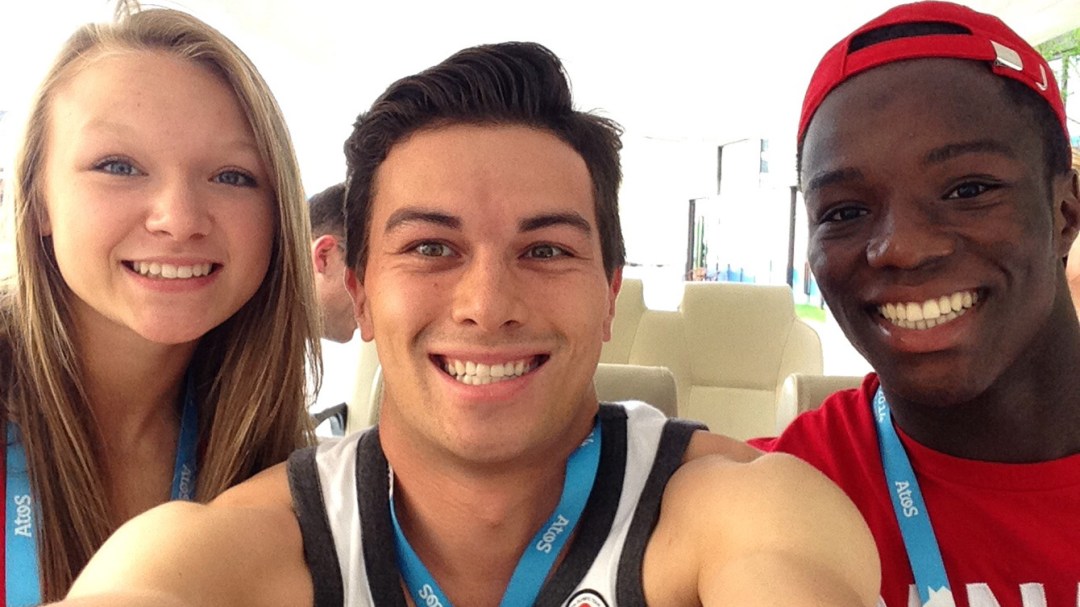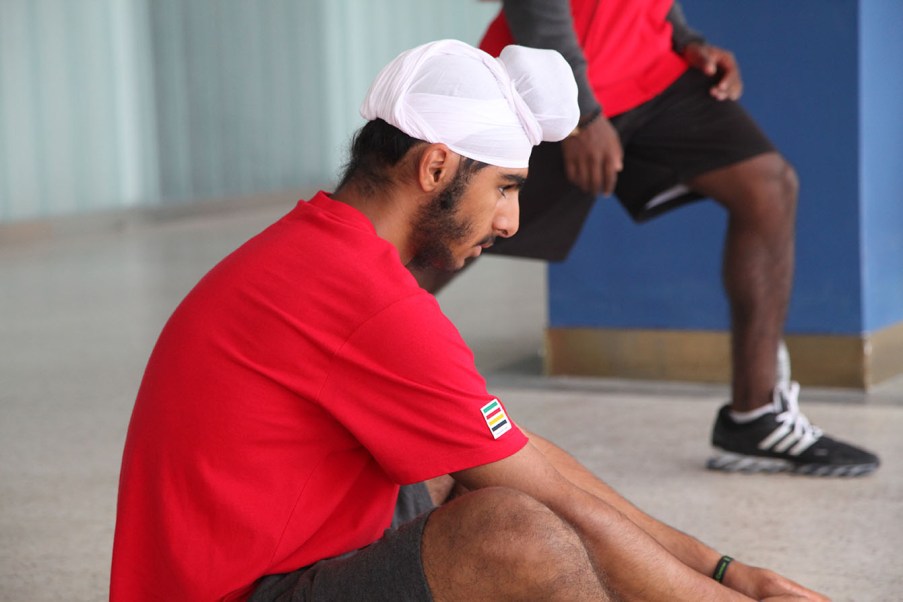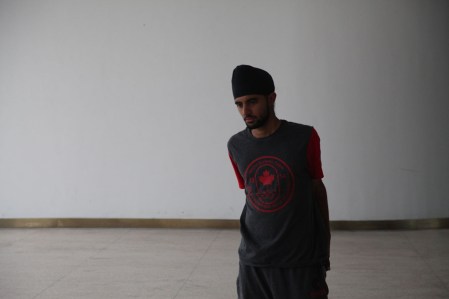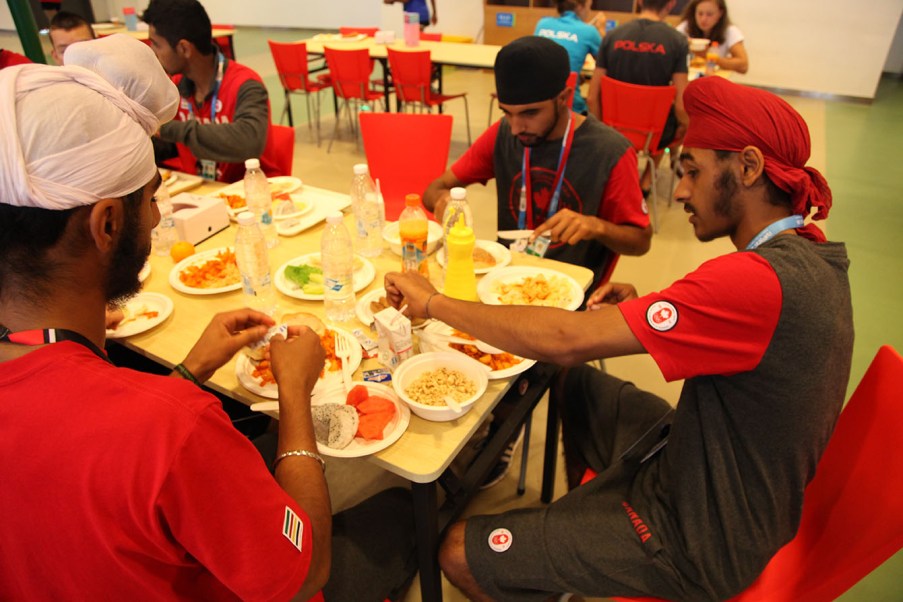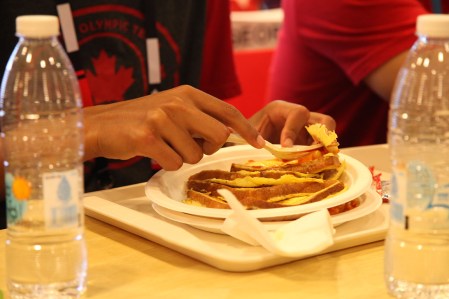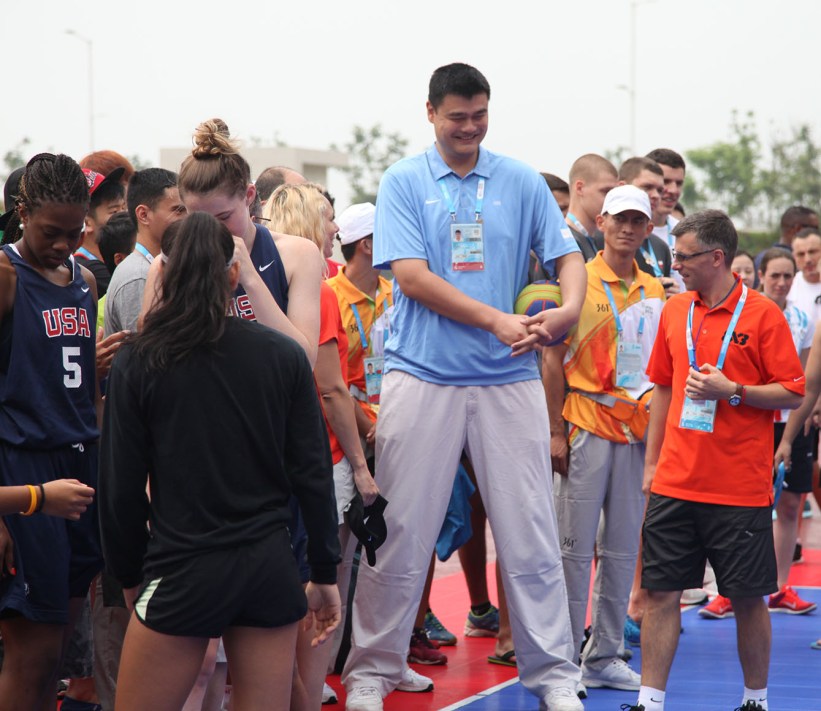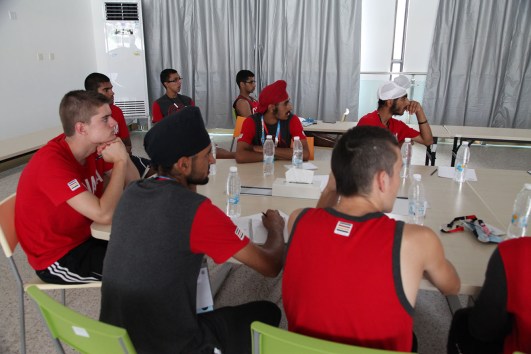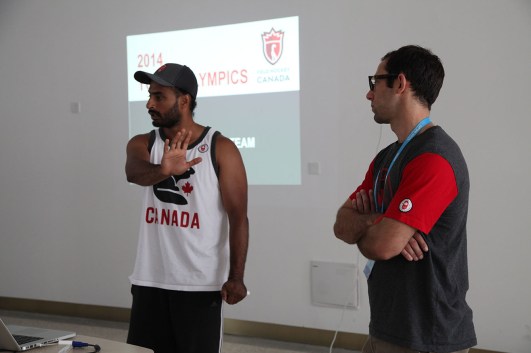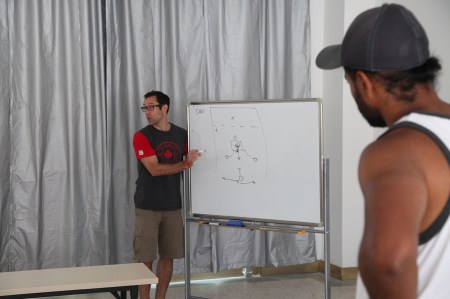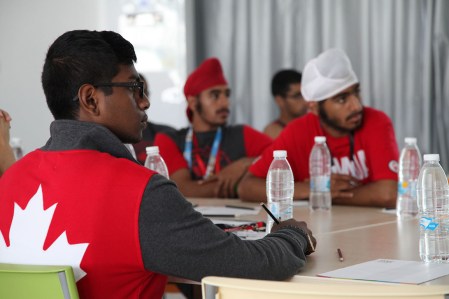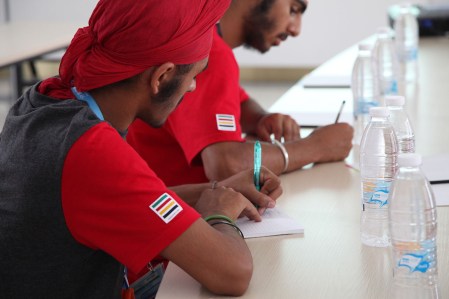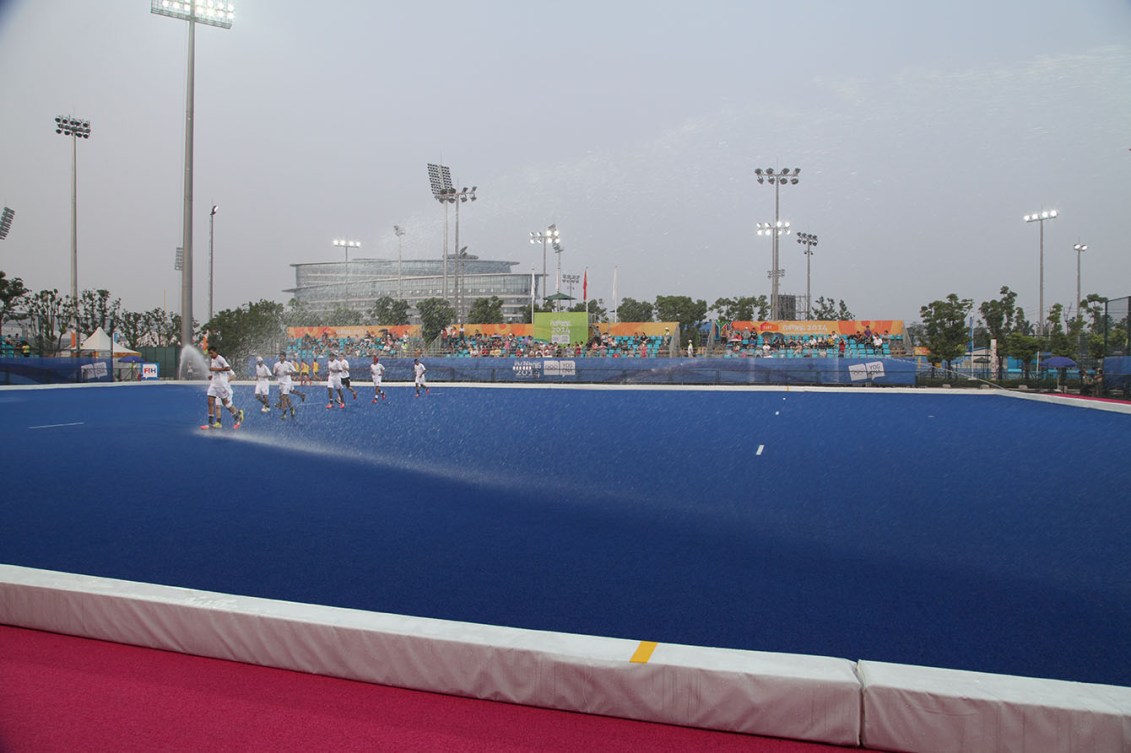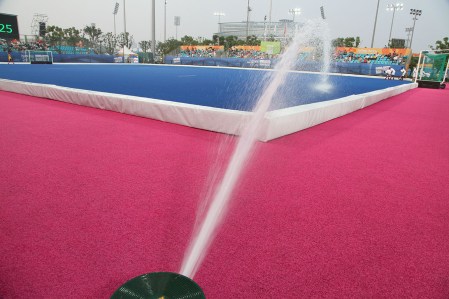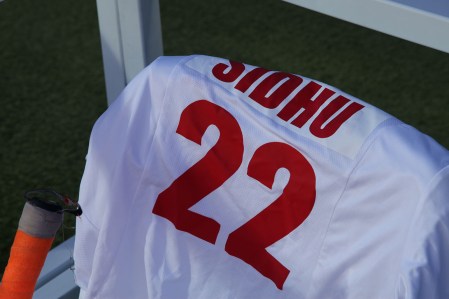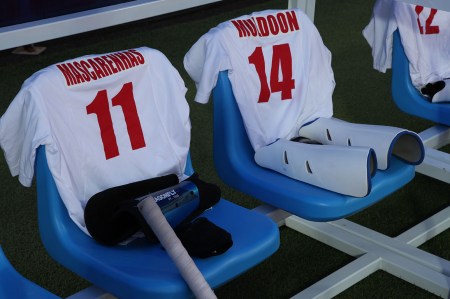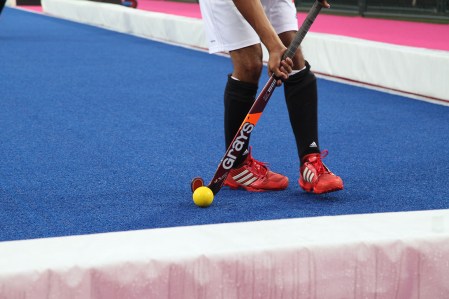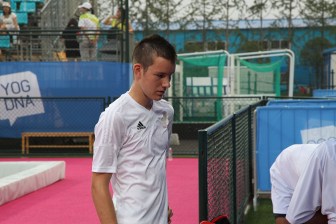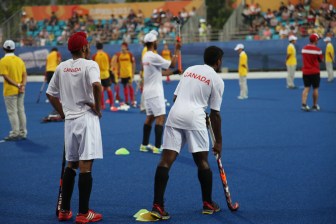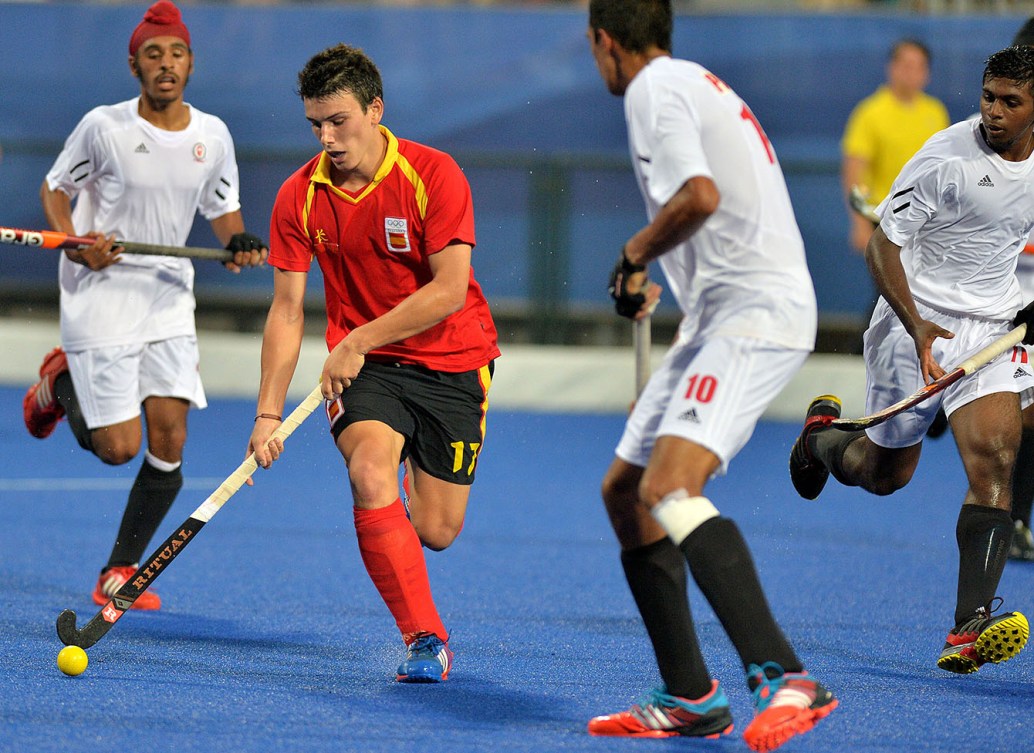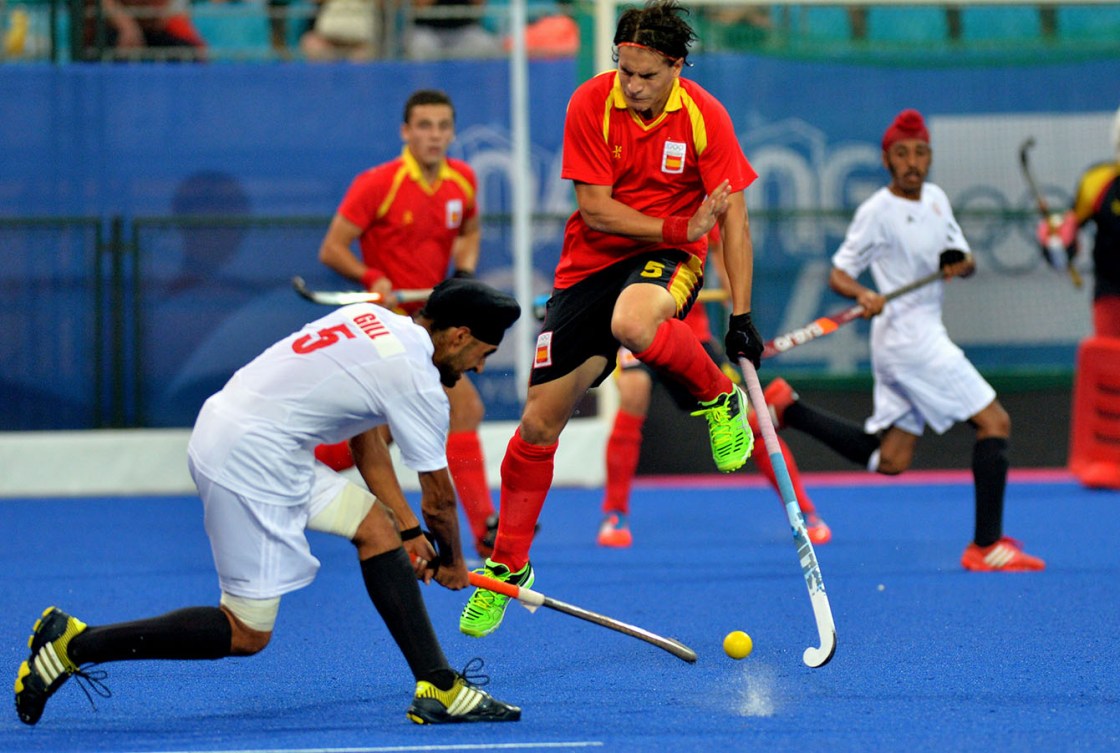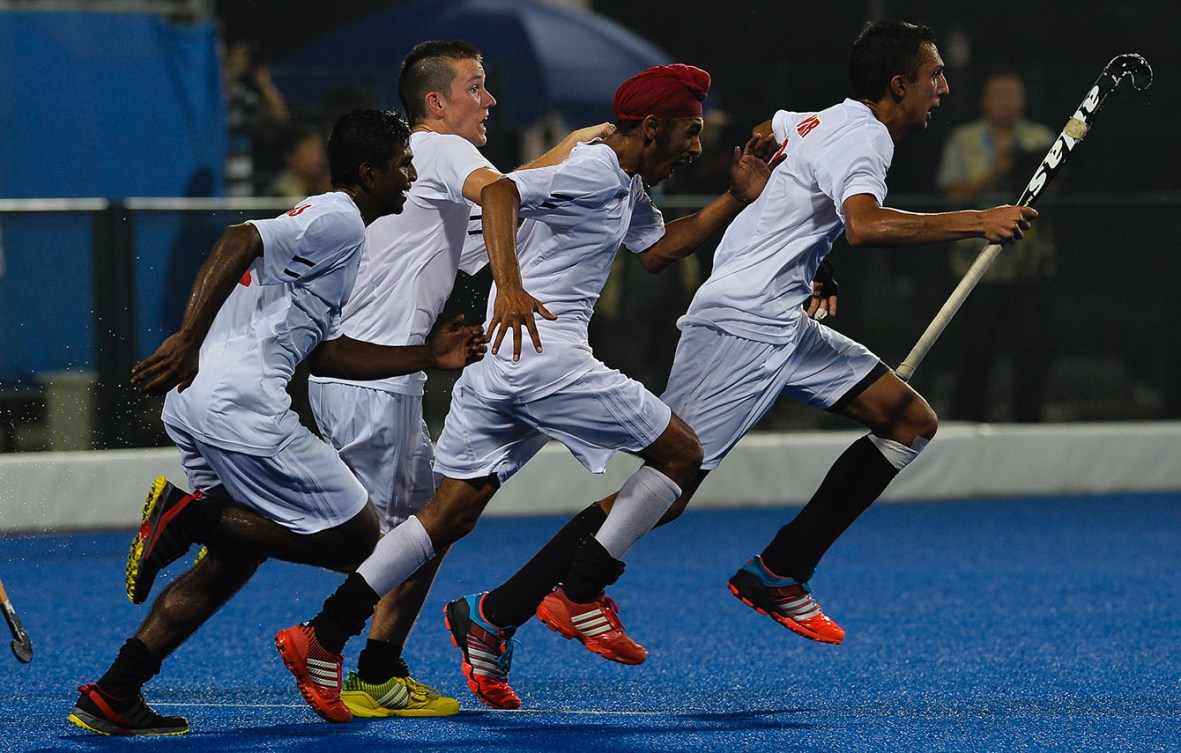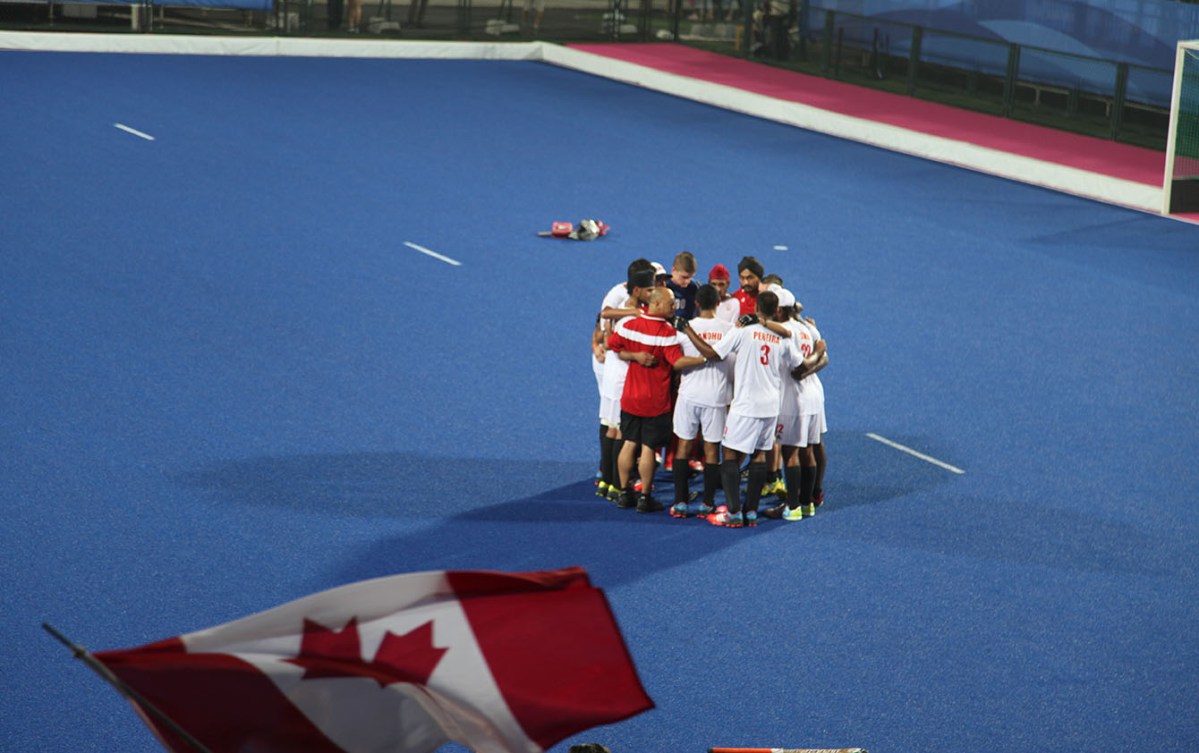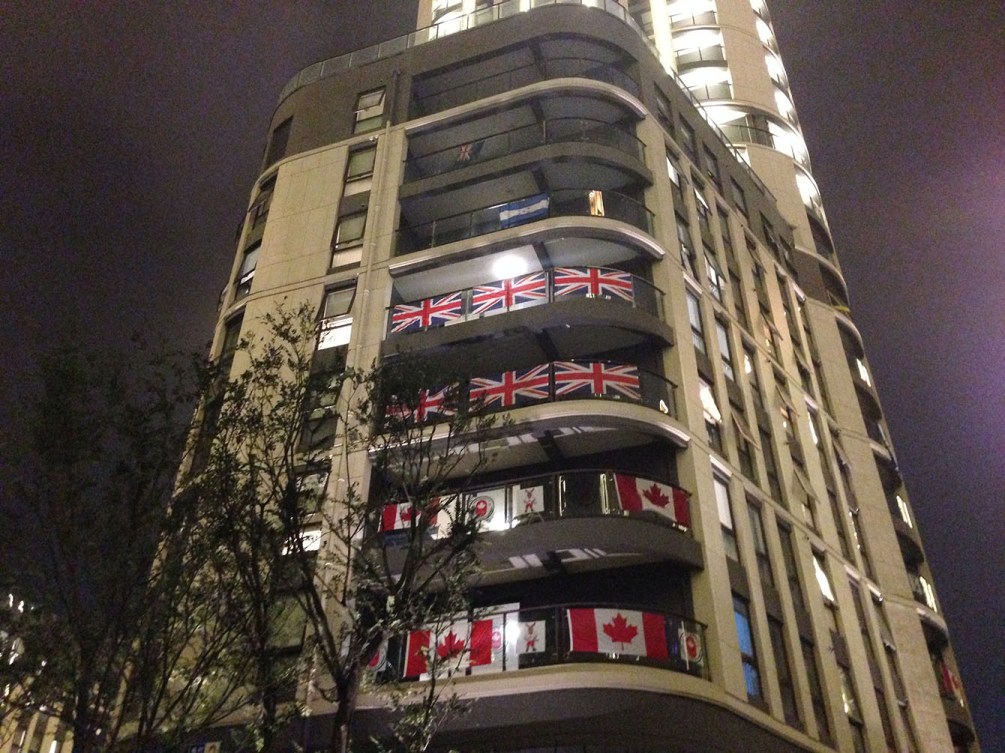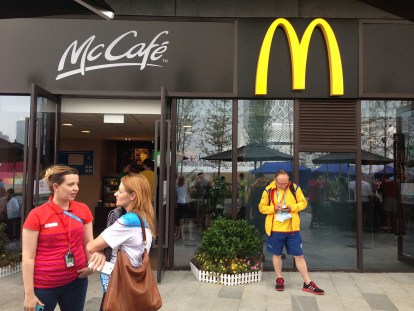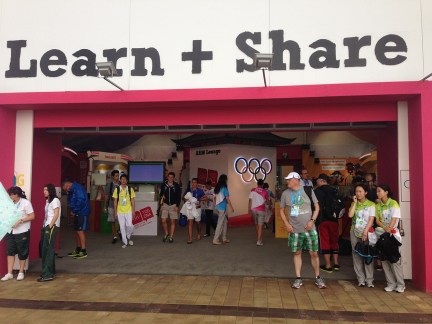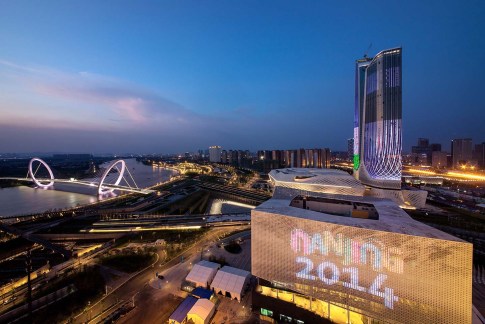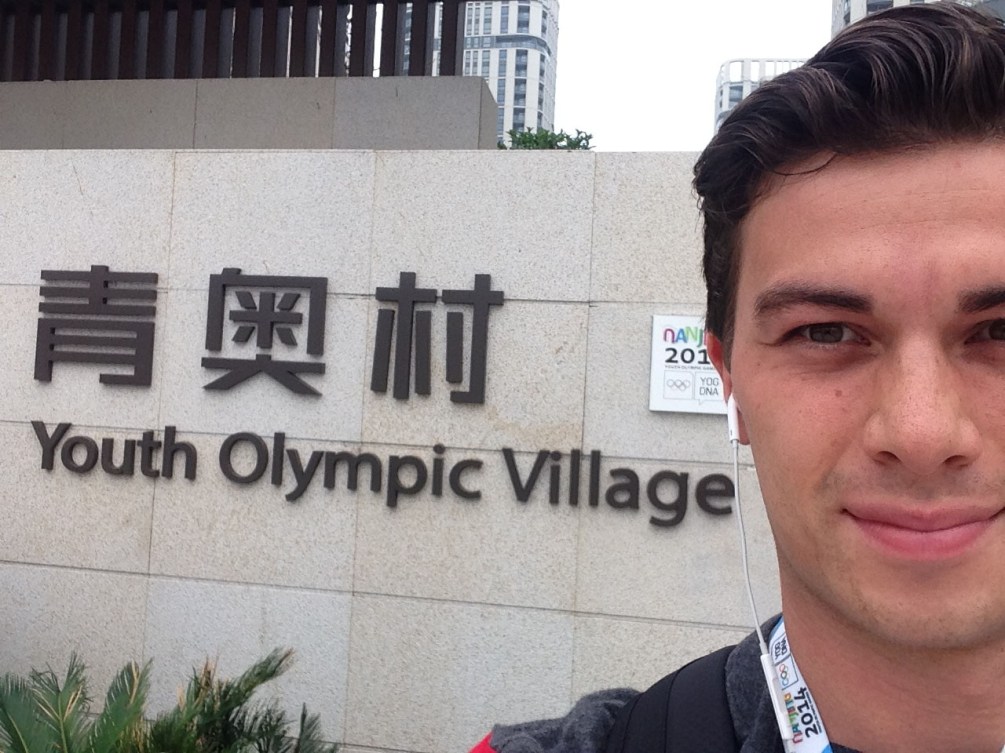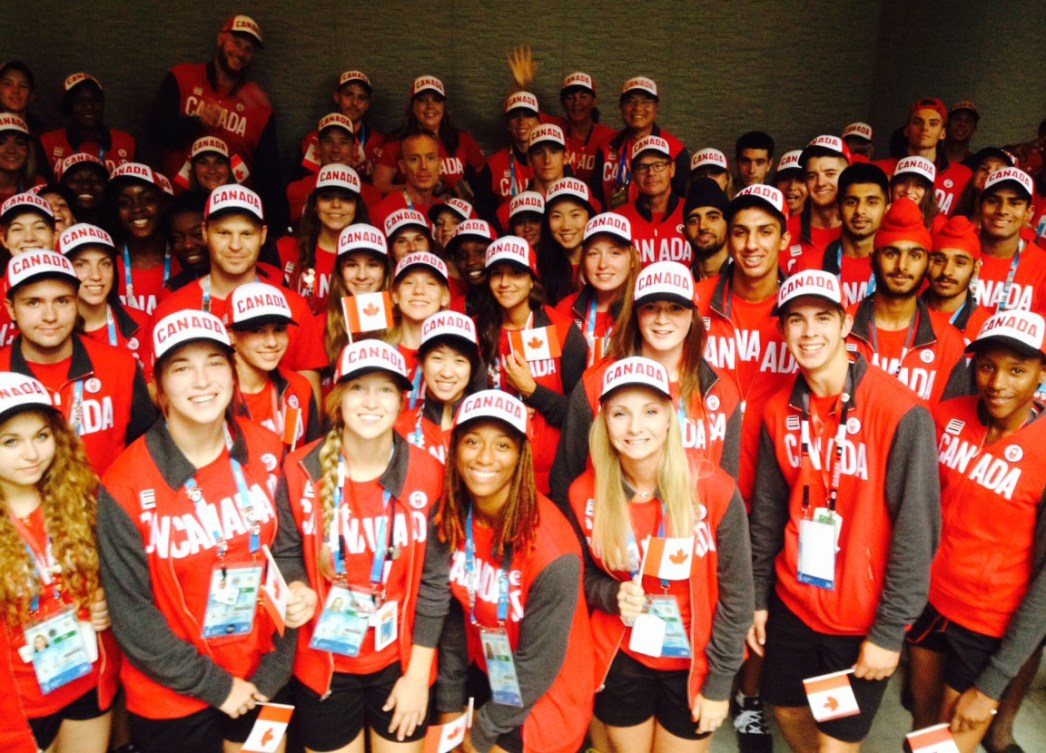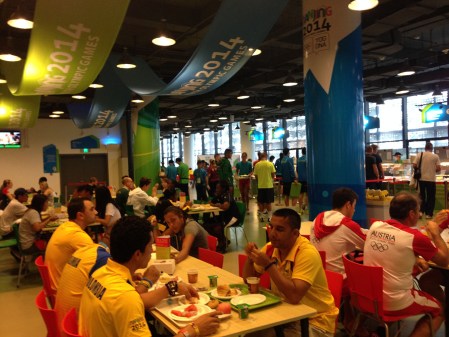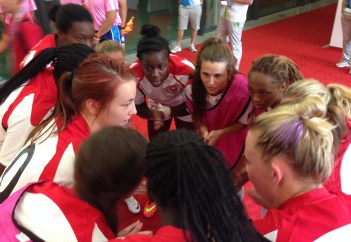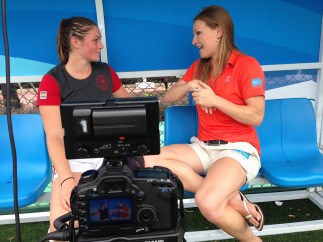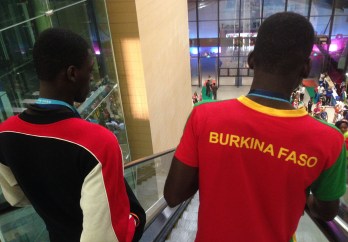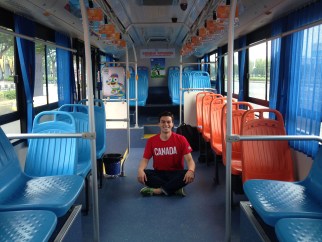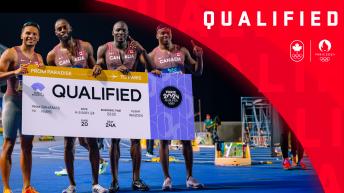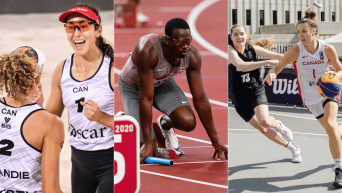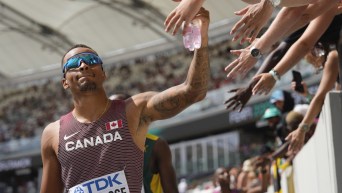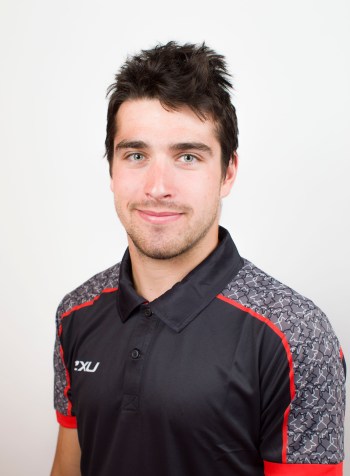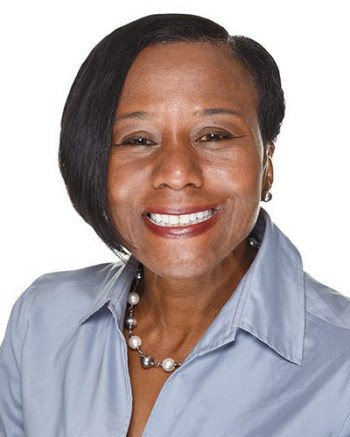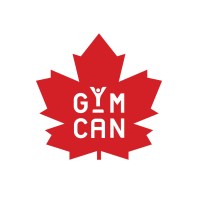Living like an athlete: Callum goes to the Youth Olympic Games
[Game Day] What it’s like to be a Canadian team in a semifinal
I am living the athlete experience at the Youth Olympic Games in Nanjing, China. This is my blog. Follow me on twitter.
This Canadian hockey team saunters across the Village lawns on a warm, sleepy morning.
They hardly speak. Nine players, (enough for two shifts), are all quietly focused in transit. The first order of business is to lengthen muscles, some aching, some just in need of gravity to set them straight after a night in bed.
Their hometowns stretch across the country, from Abbotsford to Brampton. True to any Canadian team, their parents’ or grandparents’ hometowns spread even wider, across oceans.
Gill, Manning, Mascarenhas, Muldoon, Panesar, Pereira, Sandhu, A. Sidhu, H. Sidhu.
They play Hockey 5s, a Youth Olympic adaptation closest to indoor field hockey, but played outdoors. Four players plus one goalkeeper a side, on a field surrounded by soft bumpers to keep the ball in play. It’s fast and entertaining.
At 9:45 am tonight’s semifinal is still in the distance. After setting their intentions the team walks for breakfast. Balraj Panesar and Vikram Sandhu, two 18 year-olds from Surrey, BC hang behind to talk to me. They are teammates on the same club team back home, where field hockey is a little more popular, but not much. “There’s no professional league,” says Panesar, a fact that leads a lot of young players around his age to drop off for other interests.
They both plan to fit post-secondary studies around their field hockey. But that too is in the distance. For now, paper plates of cafeteria food are to be studied. Coach Inderpal (Indy) Sehmbi, manager Scott Sandison and physio Elwin Lau arrive to eat with the team, all at one table. Captain Brandon Pereira is the only player sitting with an empty seat beside him. His slight fever indicates sickness, so he’s keeping his distance.
The morning sustains its serious tone. A few minutes walk from the Canadian residence is an open design meeting centre, with courtyards stacked on top of each other and classrooms as the perimeter. At 10:30 am sharp it is time for a team meeting. Yao Ming is at the basketball courts next door, an ambassador for these Games. Hundreds loiter around him, as young basketball players dribble through a staged media event. A Brazilian player sheepishly edges up to Yao and steals a spot for a photo in which only she poses. Later, I ask the hockey boys if they saw Yao. “No, we missed him,” they say. No one is late for the meeting.
Inside only grey daylight fills the room. Still quiet. Coach Indy opens with ‘we’re only as good as our last game’ paraphrasing. Canada beat Pakistan in a quarterfinal shootout two days before. After, an official spent ten minutes collecting strewn Canadian sticks and equipment.
Both coach and manager exchange strategic bites, over carefully cut game tape of tonight’s opponent, Spain. Sandison tells me they are one of the best teams out of the 10. They are unbeaten, trouncing Zambia 10-1 to enter the semifinal stage. But not one synonym to ‘underdog’ is spoken. Instead, defensive systems are re-hashed and Spanish weaknesses are translated into short sentences lit up on the projector wall.
A lot of resting happens on a game day. The team shares one large living area, with common space and three rooms they divide into equally. The coaches discuss what is required to both get their captain healthy, and ensure he doesn’t make anyone else sick. “Brandon is our rock,” says Sehmbi, who speaks of the midfielder’s calm fierceness and delivery of timely wisdom. With only two full shifts over a 36-minute game, there is unspoken concern over his ability to contribute later.
Lunch happens after 1 pm. The team sits away from the main dining area, across two tables. They come and go in groups, but always spend at least some time eating together. I am left with physio Elwin, who turns to prod striker Amrit Sidhu about being left alone at the other table. The teenager doesn’t seem to mind.
The team bus leaves at 3:45 pm, to make the 20 minute drive to Nanjing Youth Olympic Park. Four venues make-up the park: beach volleyball, BMX, rugby and field hockey.
This afternoon, the lights are already on at the field hockey pitch, with lower seeding games already being contested. Crowd and announcer noise bounces all the way to the Canadian dressing room, the boom of music rattles the walls where the players slowly change. They begin their deliberate warm-up. Then it’s back to the room, to count the minutes to game time.
At 5:30, half-an-hour in advance of game start the main field is opened to the players. Large water cannons soak the blue turf, allowing the granite-hard hockey balls to travel easier. Both teams run under the spray, but the players are already wet, the humidity is so high tonight. Every corner of the field is lit up. There is no place to hide, and more enticing for the peak performer, no camera will miss a brilliant play or ace shot. Sandison muses as we observe the players, lined up in their bright white jerseys. “It’s always interesting to watch how the players respond,” he says moving his hand in a wave-like motion, “there’s so much up and down.” It’s true, these boys are far removed from playing organized men’s leagues in Canada, just to find a challenge. They’ve never seen a stage like this.
Spain slams Canada early. The right-side attack Coach Indy warned about stings at 1:38, with striker Manuel Bordas Fabregas tearing down the wing. Another Spanish goal makes it 2-0 before four minutes. The Spanish players are faster. They possess better. Their stick work in close is deft, so red shirts dart around Canadian defenses. Everyone is soaked in sweat. Between shifts the players wipe perspiration from their eyes, trying to see a way through the Spanish flanks. Then at 6:25, someone does. Amrit Sidhu speeds a ball past goalkeeper Marco Giralt Ripol. The Canadians, bolstered by witnessing the success of their activated plan hang in it and with one 12-minute period left, it’s 3-2 Spain.
The final minutes of a serious game with a close score can sometimes become starkly unfamiliar to the periods leading to that point. Three goals are scored in the final six minutes. Two credit the Canadians, who manage to solve an uncomfortable Spanish team who up to this point have outscored opponents four to one. The score is tied 4-4 at the end of regulation time.
In this tournament, tie games trigger a challenge shootout. The shooters begin on the 11-metre line, and the goalkeeper must be a minimum of four metres away, between the player and goal line. It’s a straight up one-on-one.
Players will typically turn their backs to the net, box out the goalkeeper and then use any form of fancy handling to gain space for an on-goal stroke. In other words, it’s a free for all. Three shooters to start, both teams score twice. Spain with some nifty stick work, Canada with more industrious challenges. In sudden death, 17 year-old Amrit Sidhu sets the Canadians apart. His third goal in the shoot-out is another quick move to the keeper’s left, creating an instant gap wide enough to roll a ball through. He had two goals in the match. His teammates erupt from the sidelines.
“I can’t even describe it,” he tells a TV reporter after the match, equally spilling his emotions and demonstrating his coolness under pressure. Later to me, “You gotta stay in the moment, you can’t get thinkin’ too much about it,” I nod along as he continues describing how to outwit a goalkeeper, “It’s all about mind games,” he finishes.
As the group walks off their victory on a removed field away from the Australia vs. South Africa semifinal, Sandison has some candidates for natural gamers. Beyond Amrit, there’s Surrey teammates Sandhu and Panesar with five regulation or shoot-out goals between them. An Australian video coach compared Liam Manning’s goalkeeping moves to an ice hockey goalie, “whatever works,” I shrug.
Nine bodies move along in the steaming night. Still together going on twelve hours. They have a little more between them now. They might even have something intangible, that goes beyond marks on a whiteboard. Maybe they have a concept, “We just want to play our Canadian hockey,” said Sidhu repeatedly to reporters after the game.
Our Canadian hockey has found life in Nanjing.
Blog three: So, what are the Youth Olympic Games?
I asked bobsleigh legend Heather Moyse about the Youth Olympic Games:
Admittedly the Youth Olympic Games are hard to explain.
It isn’t an Olympic Games for teenagers. And it’s not a collection of junior World Championships either. Most sports already have those. The competition is very good in some events. For example 2012 Olympic champion swimmer Ruta Meilutyte is here, and as I mentioned before, as many as 72 teams made up the beach volleyball tournament. Ebola concerns kept the men’s team from Sierra Leone at home, (as well as other affected countries). Yet a full complement of the world’s best is absent for many sports.
And there is what is officially called the ‘Culture and Education Program’ which is being re-named ‘Compete, Learn and Share’. The intention according to organizers of the next YOG, is that this name sticks by Lillehammer 2016.
So what are the Youth Olympic Games? To me, it’s kind of like summer camp for talented athletes. They compete at Olympic-quality venues, are immersed in a natural cultural experience, and can mix in some education with ‘Learn + Share’.
Blog two: Eat, sleep, ride. Repeat.
Wily sport managers will tell you there are three basic needs for a successful Olympic Games. Good food, a decent place to sleep and reliable transportation. If an athlete has all three, the rest depends upon their training and the special ability to rise up in crucial moments.
The Canadian team is sharing a building with Great Britain and Jamaica. Flags line the windows, floor over floor, so it’s easy to see which country is where. For the mission team, the goal is to create a comfortable environment, where the athletes can get anything they need at all times. From physio to a bowl of cereal.
Ok, let’s talk about food because I like talking about food. The Village buildings are brand new, built specifically for the Games. Wander through the picturesque façade of winding walkways surrounded by lily pads and lights, and you’ll end up out of the main residential area.
From there to the dining hall it’s a short walk past the culture activities, a McDonald’s, and generous amenities such as a bank, post office and merchandise shop. Did I say McDonald’s? I meant McCafé. No Big Macs. Just coffee and bloody tempting pastries.
The IOC has placed their ‘Learn + Share’ tent at the entrance and exit of the dining hall. Kind of like a museum gift shop. In this case, the commodity is knowledge and the opportunities lie in neat, themed sections. They get foot traffic, because they are slick, and more likely because they stand between hungry teenagers and food.
The dining hall is an impressive light enrobed six-floor building. The top four have two cafeterias on each side. Escalators carry athletes up into the levels, like a real-life gastro-inspired video game.
There is a reasonable range of food, Continental, Chinese, Asian and Mediterranean. None of these titles mean anything. There’s beef, chicken, fish, cooked vegetables and pasta or rice. In a variety of combinations and sauces. To be honest, it’s pretty good, but for an athlete it can be tricky to dodge the oily or higher fat fare. But it’s possible thanks to a ‘plain food’ section and plenty of fruit.
Easily the most entertaining part is the seasonings table. Aimed at bringing any meal choice closer to home. For Canadians this is a success. There’s maple syrup. And it’s from Quebec. (Or at least that’s what the label says).
I won’t bore you by describing the bus system. It works. You get to the venue, in varying amounts of time. Planning is key. Just get there early so you don’t have to sit on the floor.
Blog one: I’ve always wondered about China.
As a westerner and frankly, as anyone, China’s history and daunting population is enough to make it constantly relevant. I bet you think of China in some way at least weekly. Taking its manufacturing alone, the country affects you daily.
SEE ALSO: Nanjing 2014: Canadian Youth Olympians take in Opening Ceremony
I have more than an ordinary connection to China. I am half-Chinese. And although I’ve made a few fun stops in Hong Kong, mainland has eluded me. Until now.
I am in Nanjing, the once capital of ancient China, about 300 kms inland from Shanghai in the southeast part of the country. The second summer Youth Olympic Games are being held here.
SEE ALSO: Nanjing 2014: Beach volleyball teams standing out ahead of tournament
The Youth Olympic Games are perhaps one of the most unique sport events in the world. They are big. There are 3,800 athletes, which is about 1,000 more than Sochi 2014. (Granted, this is summer). 29 sports, with some variations of a handful. For example, 3-on-3 basketball exists, totally street-style. More than anything, there’s an attempted higher purpose, with culture and education sessions promoted to the athletes. It is something the IOC pushes the whole time.
What happens when you take a grand vision and mix it with an event as complicated as the Olympic Games, with thousands of 15 to 18 year olds? I’m here to find out.
I’ll be living like an athlete. Sleeping in the Village, eating where they eat, behind-the-scenes at venues. And I’ll be exploring Nanjing, with all its ancient parts. Maybe I’ll learn a bit about my heritage. At the very least, I won’t get a hard time at family dinner anymore for never having been to the homeland. Now I’m here.

 Canadian Olympic Foundation
Canadian Olympic Foundation
